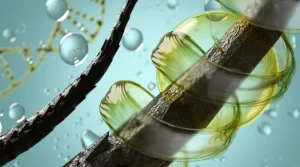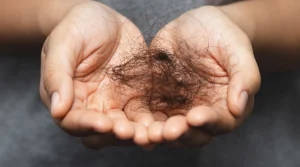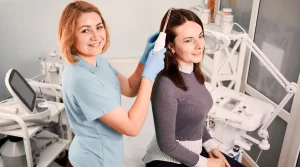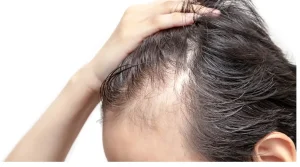What is Pattern Baldness?
Pattern baldness, or androgenetic alopecia, is a common hair loss condition that affects millions of people worldwide. It’s characterized by a gradual thinning of hair, often starting with a receding hairline in men and diffuse thinning in women.
What Causes Pattern Baldness?
The exact cause of pattern baldness is complex, but it’s generally believed to be influenced by a combination of genetic and hormonal factors.
- Genetics: A family history of hair loss is a strong indicator of susceptibility to pattern baldness.
- Hormones: Dihydrotestosterone (DHT), a hormone derived from testosterone, plays a significant role in hair loss. It shrinks hair follicles, leading to thinner, weaker hair.
Who’s at Risk for Pattern Baldness?
While anyone can experience hair loss, certain factors increase your risk:
- Genetics: A family history of hair loss is a major risk factor.
- Age: Hair loss often becomes more noticeable as people age.
- Hormonal Changes: Hormonal fluctuations, such as those during menopause, can contribute to hair loss.
- Certain Medical Conditions: Some medical conditions, like thyroid disorders, can affect hair growth.
Male Pattern Baldness
Male pattern baldness typically follows a predictable pattern:
- Receding Hairline: Hair loss begins at the temples and gradually moves backward.
- Thinning Crown: Hair thinning occurs at the top of the head.
- Bald Spots: Over time, bald spots may develop.
Female Pattern Baldness
Female pattern baldness is often more subtle and can manifest in various ways:
- Diffuse Thinning: Hair becomes thinner all over the scalp.
- Part Line Widening: The part in your hair appears wider.
- Reduced Hair Density: Overall hair density decreases.
Treating Pattern Baldness
While there’s no permanent cure for pattern baldness, several effective treatments can help slow hair loss and promote hair growth:
- Medications:
- Minoxidil: A topical solution that stimulates hair growth.
- Finasteride: An oral medication that blocks DHT production.
- Hair Transplant Surgery: A surgical procedure that involves transplanting hair follicles from a donor area to a balding area.
- Low-Level Laser Therapy (LLLT): A non-invasive treatment that uses low-level lasers to stimulate hair growth.
- Lifestyle Changes: A healthy diet, regular exercise, and stress management can contribute to overall hair health.
Conclusion
Pattern baldness can be a distressing condition, but understanding its causes and available treatments can help you manage it effectively. If you’re concerned about hair loss, consult with a dermatologist to discuss your options and develop a personalized treatment plan. Remember, early intervention can make a significant difference in preserving your hair.





